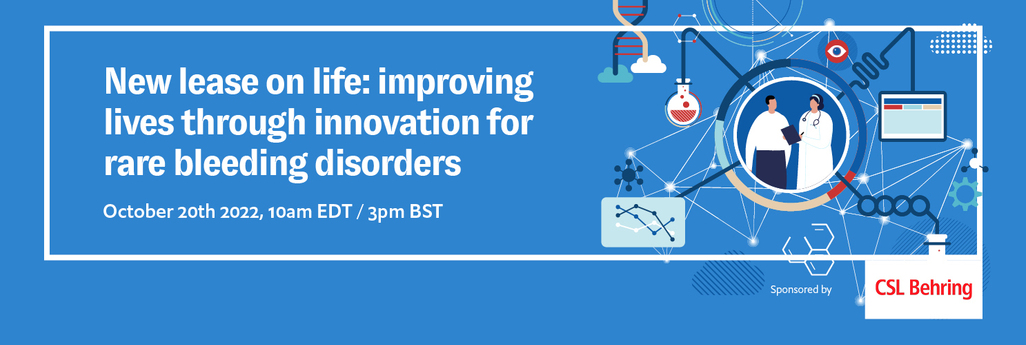Centred on the insights of experts based in Europe and North America (drawn together in workshops and one-to-one interviews), the report focuses on past, present and future innovations in the treatment and management of rare, inherited bleeding disorders, and where these innovations have been and can be utilised to address current unmet health needs in patients. It focuses on the three most common of these bleeding disorders—haemophilia A, haemophilia B and von Willebrand disease (vWD).
In this report we explore three domains and examples of innovation—technological, systemic and therapeutic—and describe how they can help to address unmet needs facing people living with bleeding disorders. Ultimately, to address these unmet needs a range of approaches will need to be pursued. We describe five principles around which improved services and care can be designed:
#1: Commission integrated services
There remain inconsistencies in care, both in terms of access to treatment and in the provision of vital aspects of comprehensive care, including psychosocial, psychiatric and physiotherapy support. This care needs to be delivered in a patient-centric manner.
#2: Develop regulatory, HTA and payment models that support innovation
Neither regulatory approaches, value assessment practices in health technology assessment (HTA) appraisal, nor the reimbursement frameworks used to negotiate a price, are well suited to accommodate the combination of high up-front costs and long-term value potential for innovations like gene therapy. This is an issue that needs to be solved across the increasing range of therapeutic areas for which functionally “curative” therapies are available.
#3: Enable technology
Broader innovative tech trends have created space to develop the already encouraging offering of devices and platforms that exists in haemophilia care. Payers will have to develop funding and coverage frameworks that support tech that improves patients’ lives.
#4: Aim for a functional cure
The potential impact of functionally “curative” therapies is huge, almost revolutionary. Current progress in gene therapy is found in haemophilia A and B, but there is the potential for similar developments in other bleeding disorders, including vWD.
#5: Amplify the patient voice
Underlying all the above is the need to amplify the patient voice. Patient organisations are already active—mainly in patient advocacy. Given the opportunity, and supported through systemic change, they can play a yet greater role in awareness, education, research prioritisation and HTA.
Editorial note: The research for this report was led by Emily Tiemann and Michael Guterbock, with support from Alan Lovell.
On October 20th 2022, Economist Impact will be hosting a virtual panel discussion “New lease on life: improving lives through innovation for rare bleeding disorders” , sponsored by CSL Behring, to examine how the health care industry and policymakers can best support people living with rare blood disorders. Speakers include Krupa Sivamurthy, senior director & global medical lead of hematology, CSL Behring; Mark Skinner, president and chief executive officer, Institute for Policy Advancement; Kim Phelan, chief operating officer, The Coalition for Hemophilia B; Alan Lovell, senior manager, health, policy and insights, Economist Impact.






